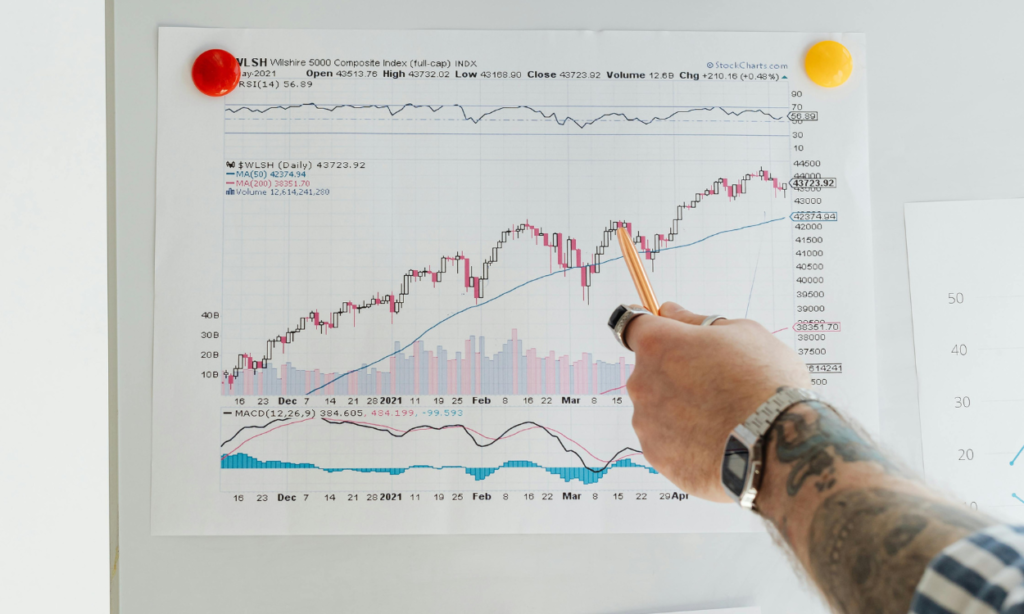In the dynamic world of finance, trading stands as one of the most effective ways to grow wealth. Traders engage in buying and selling assets with the aim of making profits, capitalizing on market fluctuations. However, not all trading is the same. There are different types of trading strategies and approaches, each catering to different styles, risk appetites, and time horizons. Understanding these different types of trading can help investors decide which approach suits their goals and circumstances. In this article, we will explore the most common and significant types of trading, offering a deep dive into the pros and cons of each.
Table of Contents
1. Day Trading
Day trading is one of the most active and high-risk types of trading. It involves buying and selling financial instruments within the same trading day. Day traders aim to profit from small price movements, which occur in the short term, by holding positions for minutes or hours, but never overnight.

Pros:
- Quick Returns: Day trading offers the potential for fast profits due to short-term market movements.
- High Liquidity: Day traders typically focus on highly liquid assets such as stocks, forex, or options, allowing for easy entry and exit from positions.
Cons:
- High Risk: The short-term nature of day trading means that small price movements can lead to significant losses.
- Time-Intensive: This approach requires constant monitoring of the markets and swift decision-making.

2. Swing Trading
Swing trading is one of the most popular types of trading for those who prefer a middle-ground approach. Swing traders hold positions for several days or even weeks, aiming to capitalize on short- to medium-term price movements. Unlike day trading, swing traders are not concerned with minute-to-minute fluctuations; they focus on broader market trends.
Pros:
- More Flexibility: Swing trading allows traders to maintain their positions without the need for constant monitoring.
- Potential for High Returns: Swing traders can benefit from capturing larger price movements over a longer period.
Cons:
- Market Exposure: Since positions are held overnight or for multiple days, swing traders face the risk of overnight market events affecting their trades.
- Patience Required: This type of trading often involves waiting for the right moment to exit positions, which can test the trader’s patience.
3. Scalping
Scalping is one of the fastest-paced types of trading. Scalpers look for tiny profits over a large number of trades, often entering and exiting trades in a matter of seconds or minutes. The aim is to “scalp” small gains repeatedly, accumulating profit over time.
Pros:
- Quick Results: Scalping allows traders to see results immediately after trades.
- Lower Market Exposure: Since trades are held for such short periods, scalpers face less risk from market volatility.
Cons:
- Intensive Strategy: Scalping demands full attention and quick reflexes, making it unsuitable for traders who cannot devote full-time attention to the markets.
- Small Profits Per Trade: Scalpers make small gains on each trade, so a large number of trades are necessary to accumulate significant profits.

4. Position Trading
Position trading is one of the long-term types of trading, where traders hold onto assets for months or even years. Unlike day or swing trading, position traders are less concerned with short-term market fluctuations. They focus on macroeconomic trends and long-term forecasts to guide their decisions.
Pros:
- Long-Term Focus: Position trading can be less stressful since it does not require constant monitoring of the markets.
- Low Transaction Costs: Since trades are less frequent, the trader incurs fewer transaction fees.
Cons:
- Slow Profits: It can take months or years to see significant profits with position trading.
- Long Market Exposure: Holding positions for extended periods increases exposure to market risks and economic changes.
5. Momentum Trading
Momentum trading is one of the types of trading where traders look for assets that are moving strongly in one direction, either up or down. The idea is to “ride the wave” of momentum and sell before the market reverses. Momentum traders rely heavily on technical analysis and market sentiment to time their entries and exits.
Pros:
- High Profit Potential: If timed correctly, momentum trading can lead to significant gains in a short time.
- Clear Signals: Strong momentum in a particular direction can provide traders with clear entry and exit points.
Cons:
- Volatility Risk: Momentum-driven markets can reverse quickly, leading to potential losses.
- Requires Skill and Experience: Success in momentum trading often hinges on having a deep understanding of market sentiment and technical indicators.
6. Algorithmic Trading
Algorithmic trading, often referred to as algo-trading, is one of the advanced types of trading that uses computer algorithms to execute trades at lightning speed. Traders develop algorithms that analyze market conditions and execute orders based on predefined criteria. Algorithmic trading is prevalent in high-frequency trading (HFT), where trades are executed in fractions of a second.
Pros:
- Speed: Algorithms can execute trades much faster than a human trader.
- Precision: Algo-trading eliminates emotional decision-making and sticks strictly to the trading plan.
Cons:
- Complexity: Developing and maintaining algorithms requires a high level of technical skill.
- Risk of Technical Failures: Any bugs or issues in the algorithm could lead to significant losses.
7. Options Trading
Options trading is one of the more flexible types of trading, involving contracts that give traders the right, but not the obligation, to buy or sell an asset at a specific price before a certain date. Traders use options to speculate on price movements without needing to own the underlying asset.
Pros:
- Leverage: Options allow traders to control a large position with a smaller amount of capital.
- Hedging Potential: Options are often used to hedge against other investments, reducing risk.
Cons:
- Complexity: Options trading can be confusing, particularly for beginners.
- Time-Sensitive: Since options contracts expire, traders must correctly time their trades to avoid losses.
Conclusion
There are many different types of trading, each offering unique opportunities and risks. Whether you prefer the rapid pace of day trading, the longer horizon of position trading, or the advanced techniques of algorithmic trading, the key is to find the approach that aligns with your financial goals, risk tolerance, and time commitment. Understanding these different types of trading can help you make more informed decisions, whether you’re a beginner or an experienced trader. By carefully choosing the type of trading that suits your lifestyle, you can maximize your potential for success in the financial markets.





